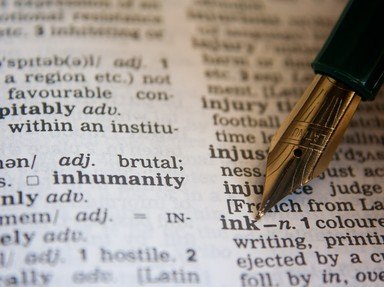
Flying the Red, White and Blue... Words! Quiz
All the listed words are part of compound words that begin with RED, WHITE, or BLUE. Can you figure out which of them goes with which?
This is a renovated/adopted version of an old quiz by author ravenskye
A classification quiz
by LadyNym.
Estimated time: 3 mins.